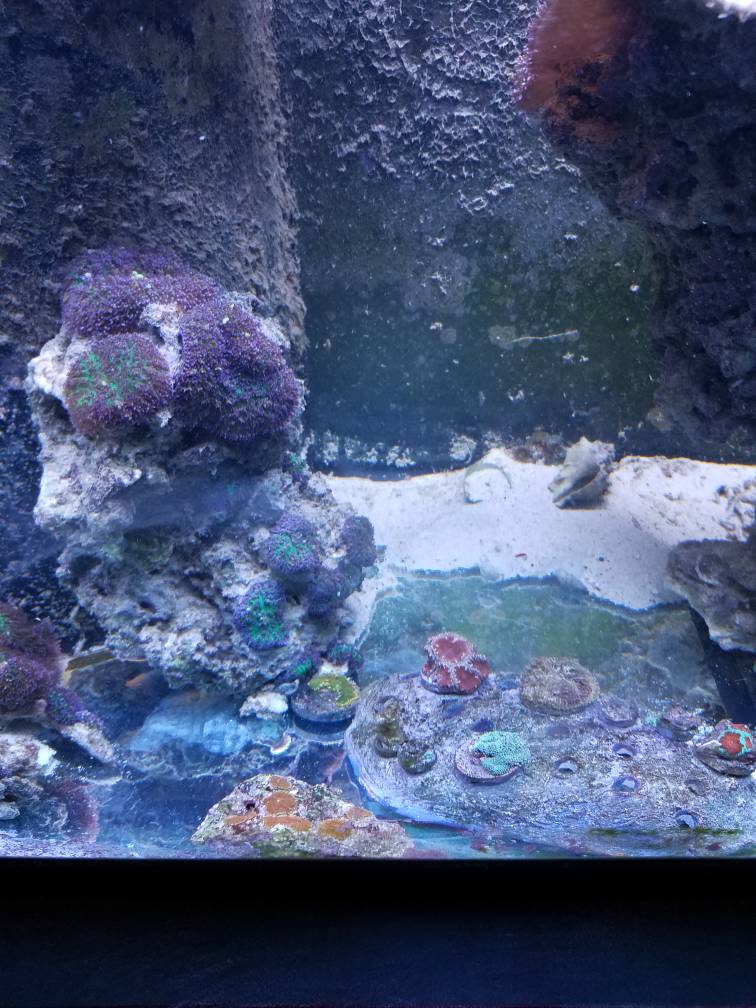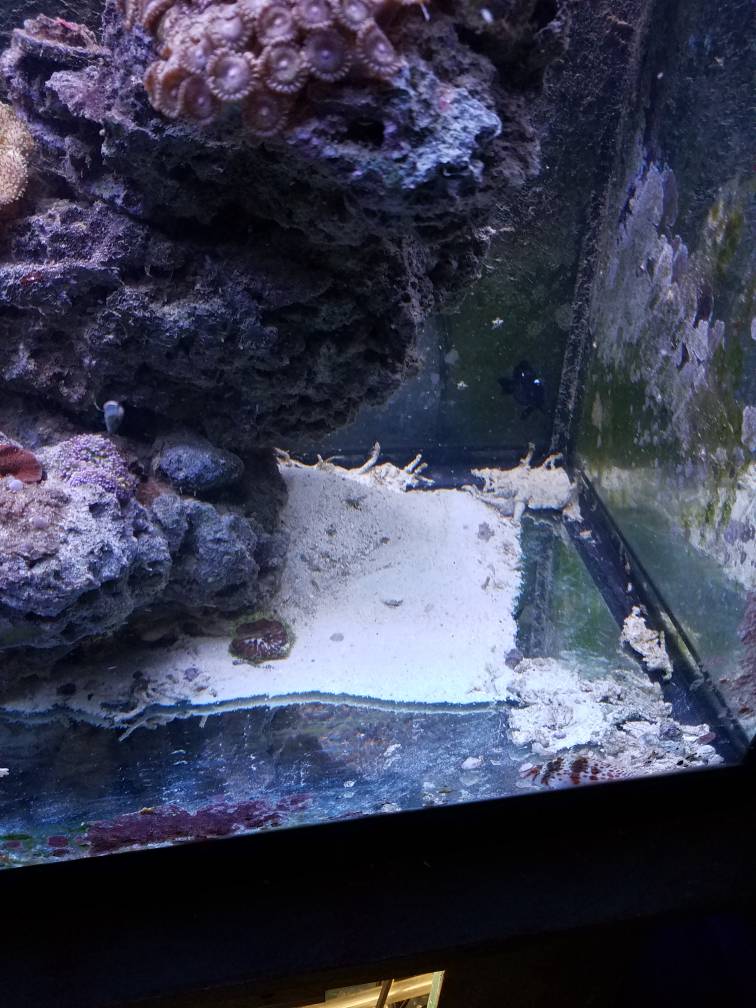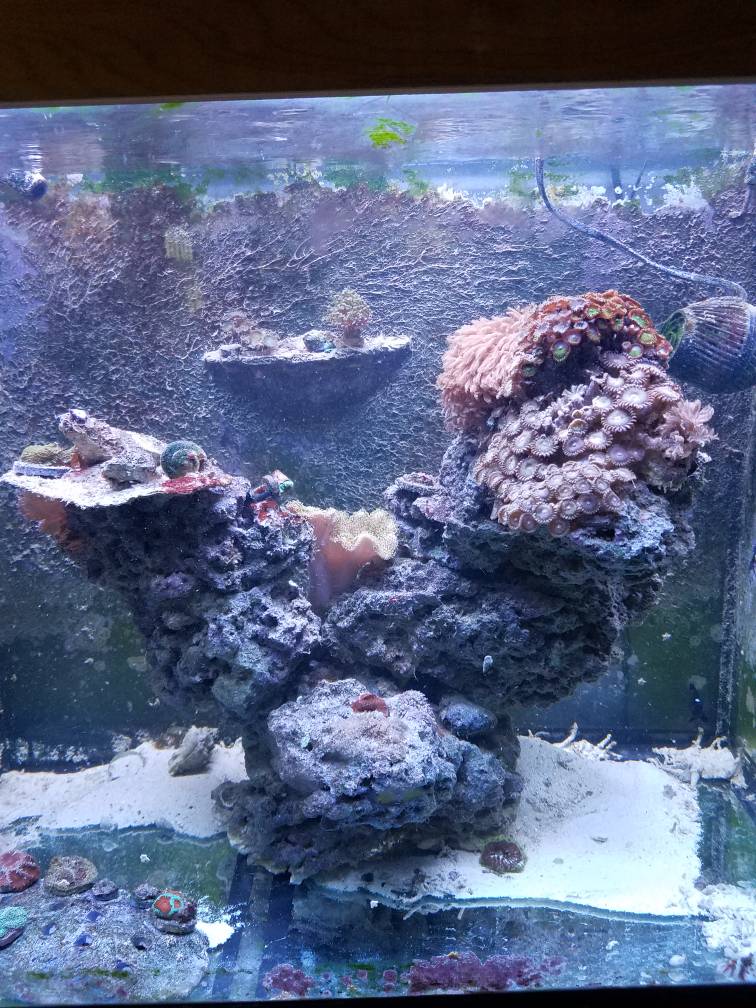- Joined
- Nov 29, 2016
- Messages
- 1,884
- Reaction score
- 1,059
With the sand, I usually end up taking it out because I have other stuff to do in the tank. You certainly don’t have to. I just like to get it out of the way.
Sometimes I rinse it, but usually just flushing it in the remaining water in the tank does the same thing. I would assume that not rinsing it in FW does preserve some of the fauna/bacteria in the sand. That said, whatever is removed from the sand bed exists in many other areas of the system, so it will all come back soon enough.
When I put stuff in depends on the job. Right now, I have a 110 gal reef that I took apart to buff the viewing panel and then add dark blue acrylic panels to cover the black the tank was built with. Because of the fact this tank is in an office and being the holidays, the whole system will end up being down for a week.
Sometimes when I do the ‘rip’ just for the sake of freshening the tank up, it’s a 2-4 hour process (depending on the size of the tank). Take it out, flush it, put it back together. Doesn’t matter.
Corals are tough. As long as you aren’t banging them on stuff, they don’t mind being moved around a little.
In ecology, this is a variation of the ‘intermediate disturbance hypothesis’
Sorry. So you take the stuff out of the tank. All of it. Then have just sand in the bottom with random shells. From there you scoop it all up and rinse it with saltwater or tap water? Does tempature of the rinsing matter? Do you care about anything beneficial in the sand such as little inhabitants? I understand there’s others else where but like say nessrrius snails or whatnot. Do they die off? Then you re-add that same sand re add rocks and then go backwards from there. How long can rock be outside of the tank in regards for me aquascaping and whatnot. Do you then re-add the original water you had in the buckets with the livestock?
Sorry I am new to all this. I have yet to siphon off my tank’s sand bed still to this day. I don’t struggle with algae much at all but I’d like to improve the health overalll especially whilst during a fallow period. Just kind of hesitant to rinse the sand... although that’s what this whole thread is about!





















